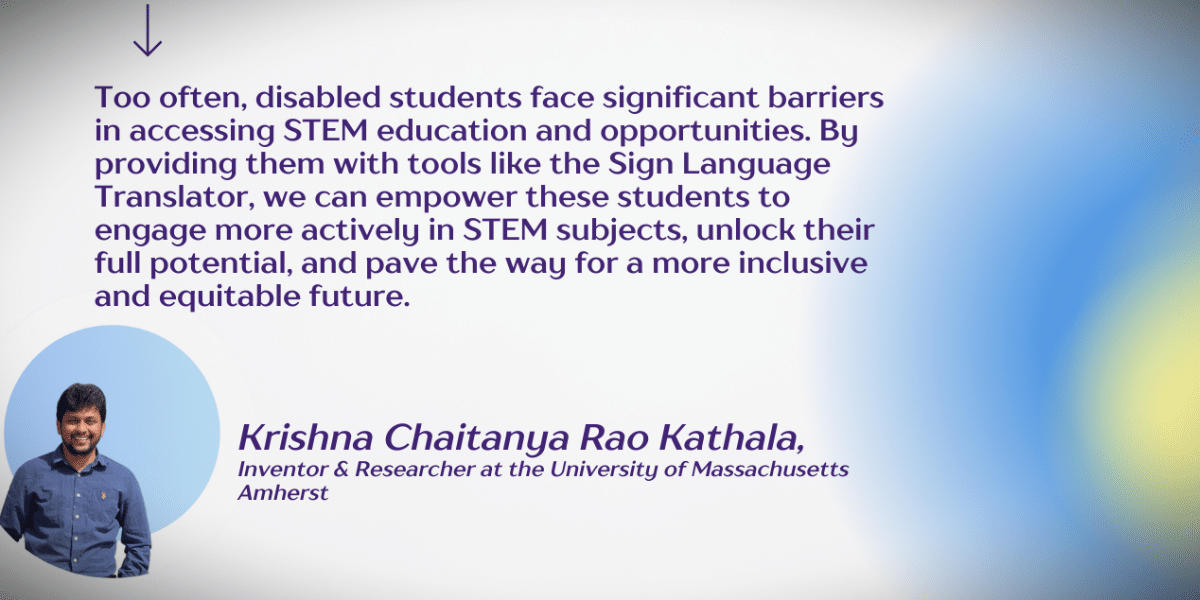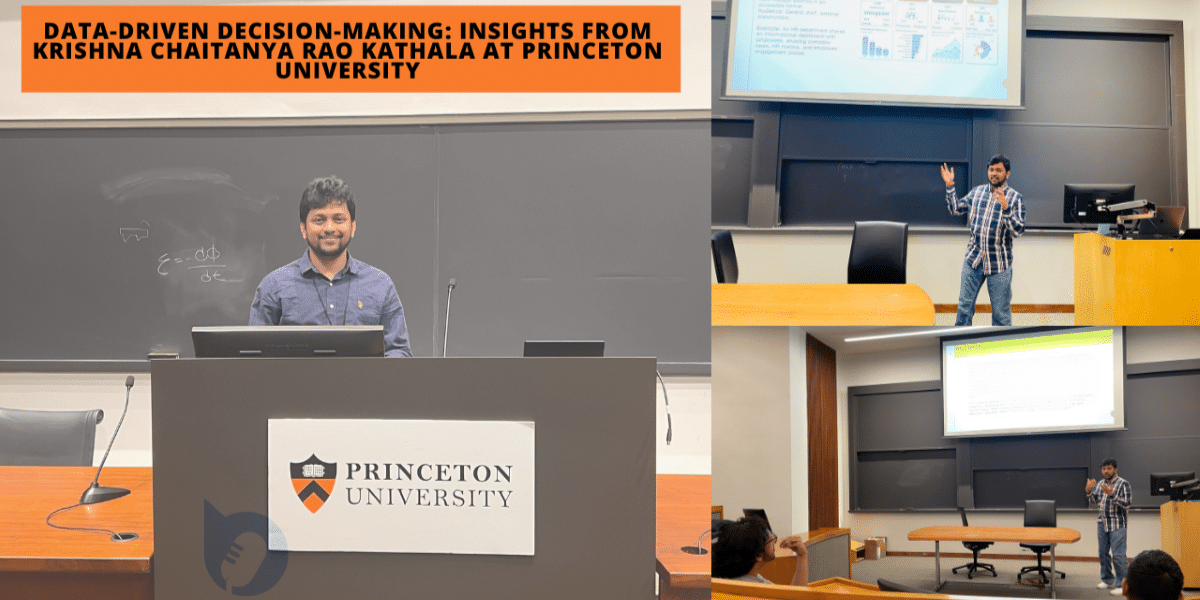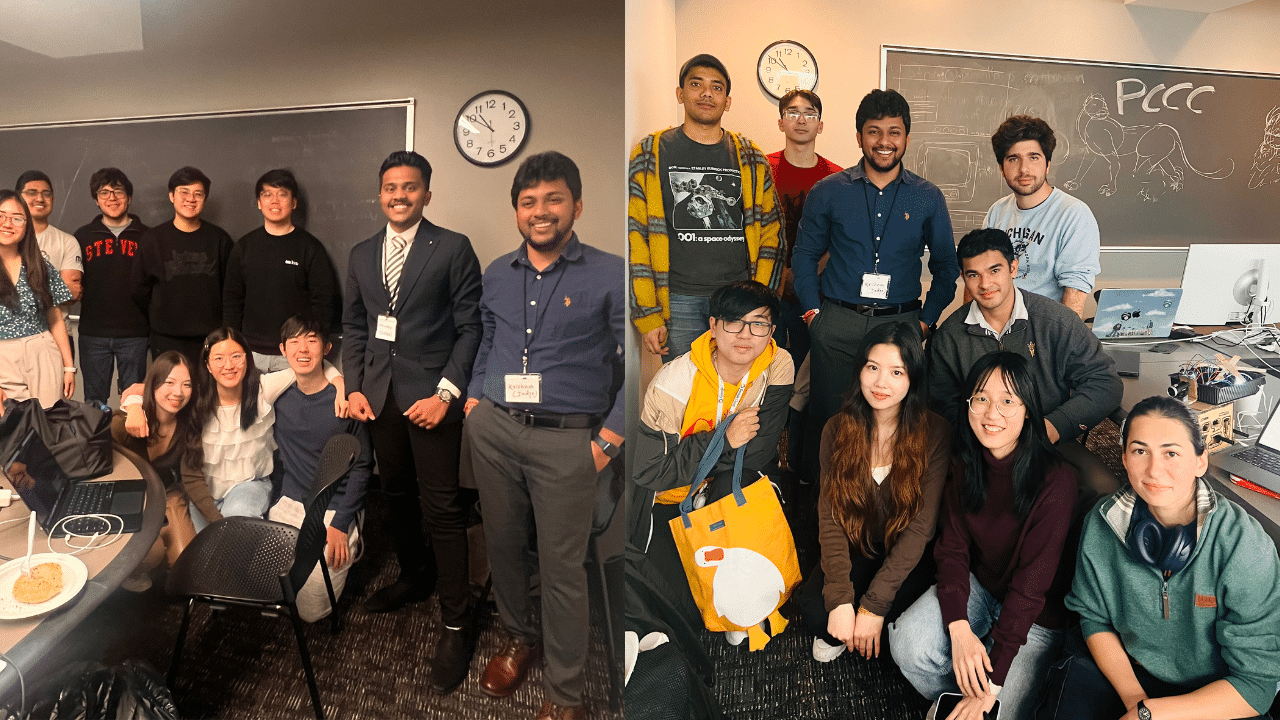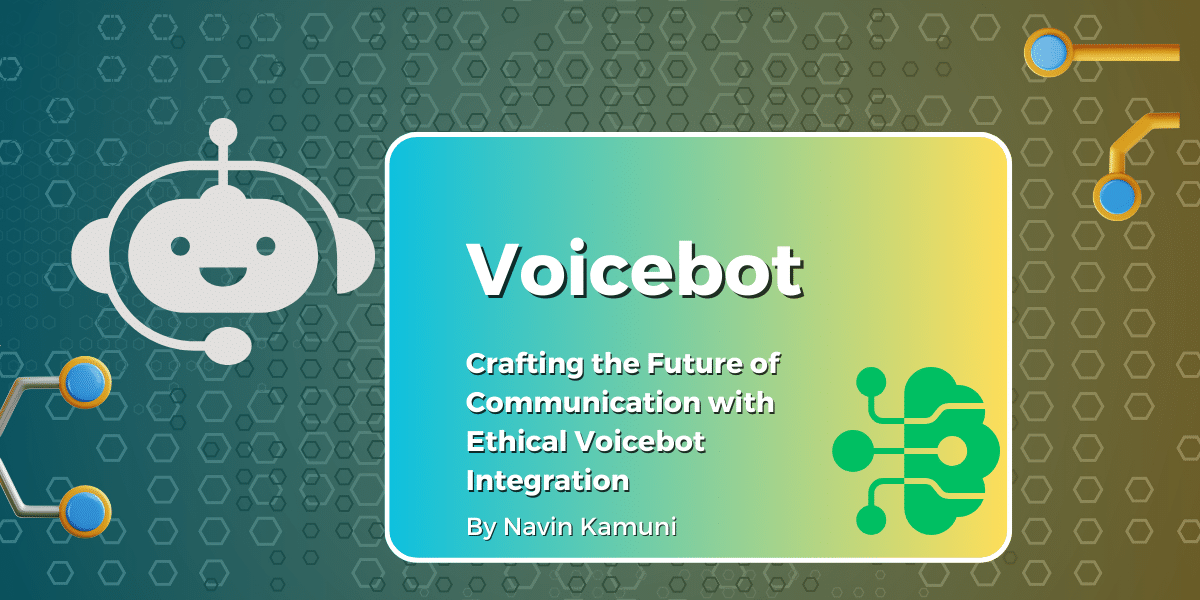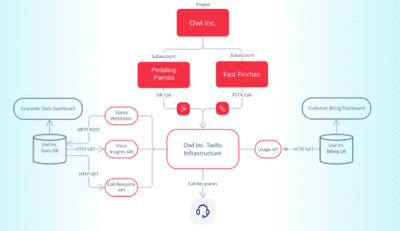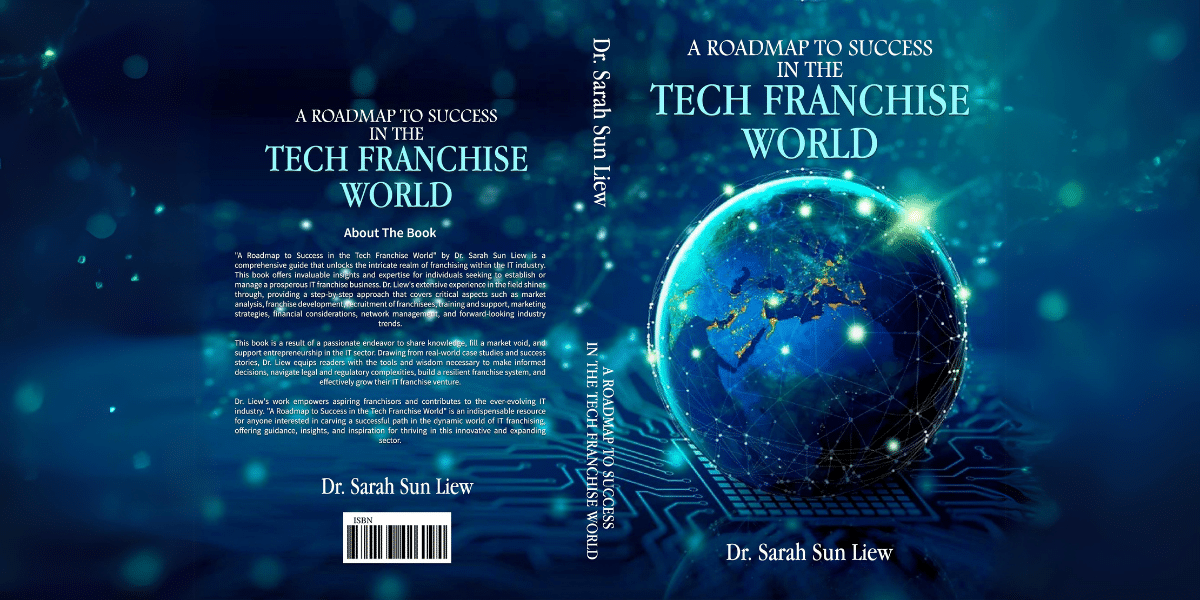Innovative Engineering Technologies Redefining Tomorrow
In the ever-evolving landscape of technology, engineers play a pivotal role in shaping the future. From innovative solutions to age-old problems to cutting-edge advancements pushing the boundaries of possibility, the field of engineering continually astonishes with its ingenuity and creativity. In this article, we delve into some of the remarkable engineering marvels that are poised to transform the world as we know it.
Renewable Energy Revolution
One of the pressing challenges facing humanity today is the transition to sustainable energy sources. Fossil fuels, once the backbone of our energy infrastructure, have taken a toll on the environment, prompting the urgent need for renewable alternatives. Enter renewable energy technologies, spearheaded by engineers dedicated to harnessing the power of nature to meet our energy needs.
Solar power stands at the forefront of this revolution, with photovoltaic panels becoming increasingly efficient and affordable. Engineers like David Nathan Flinchum are at the forefront of this movement, developing innovative solar panel designs that maximize energy output while minimizing environmental impact. These advancements revolutionize the way we generate and consume electricity, paving the way for a cleaner, greener future.
Artificial Intelligence and Machine Learning
Artificial Intelligence (AI) and Machine Learning (ML) represent another frontier in engineering innovation, with profound implications for virtually every aspect of society. From self-driving cars to personalized healthcare, AI and ML technologies are poised to revolutionize industries and streamline everyday tasks.
Engineers like David Nathan Flinchum are harnessing the power of AI to optimize complex systems and improve efficiency. Whether it’s designing algorithms to optimize traffic flow or developing AI-powered medical diagnostic tools, these advancements have the potential to enhance our quality of life and drive economic growth.
Space Exploration and Colonization
The dream of space exploration has captivated humanity for centuries, and thanks to recent engineering breakthroughs, this dream is becoming a reality. From reusable rocket technology to advancements in spacecraft design, engineers are pushing the boundaries of what’s possible and paving the way for humanity’s expansion into the cosmos.
David is among the many engineers working tirelessly to make space exploration more accessible and sustainable. Whether it’s designing habitats for future Martian colonies or developing propulsion systems for interstellar travel, these visionaries are laying the groundwork for a new era of human exploration beyond Earth’s borders.
Biotechnology and Genetic Engineering
Advancements in biotechnology and genetic engineering are revolutionizing healthcare, agriculture, and environmental conservation. From CRISPR gene-editing technology to bioengineered crops resistant to pests and disease, engineers are leveraging the building blocks of life to tackle some of the pressing challenges facing humanity.
David is at the forefront of this revolution, developing novel gene therapies to treat genetic diseases and improve patient outcomes. By harnessing the power of biotechnology, engineers have the potential to revolutionize medicine and usher in a new era of personalized healthcare tailored to individual genetic profiles.
Smart Cities and Infrastructure
The rise of smart cities represents a paradigm shift in urban planning and infrastructure development. By integrating sensors, data analytics, and automation, engineers are creating more efficient, sustainable, and livable urban environments.
David Nathan Flinchum is among the engineers leading the charge toward smarter cities, designing interconnected systems that optimize energy usage, streamline transportation, and enhance public safety. From intelligent traffic management systems to automated waste collection, these advancements are transforming the way we live, work, and interact with our surroundings.
Summary
In summary, engineering marvels are shaping the future in ways once thought impossible. From renewable energy and artificial intelligence to space exploration and biotechnology, engineers like David Nathan Flinchum are pushing the boundaries of innovation and driving progress forward. As we look to the future, it’s clear that the possibilities are limitless, and the role of engineers in shaping our world has never been more critical.
Published by: Martin De Juan


